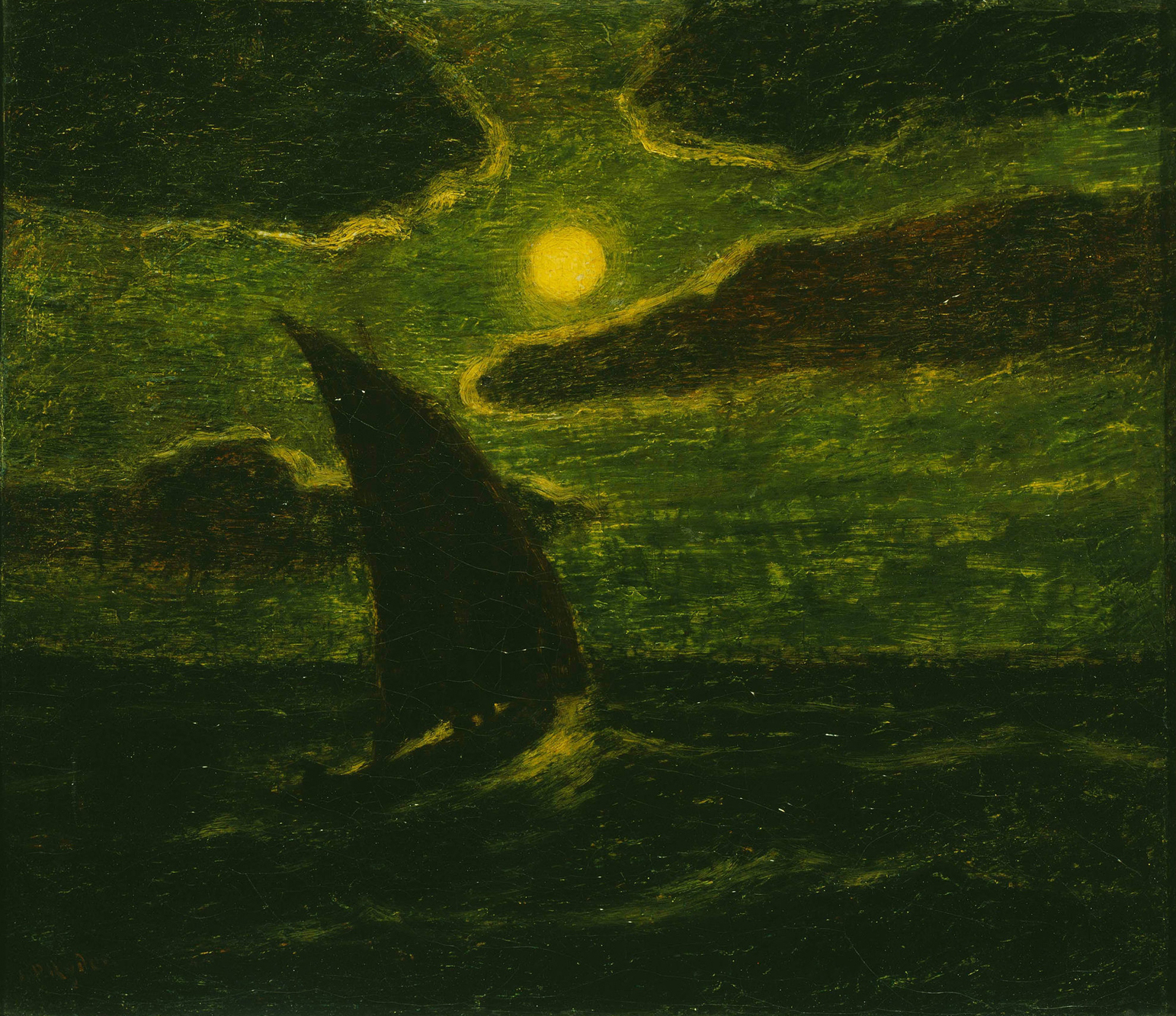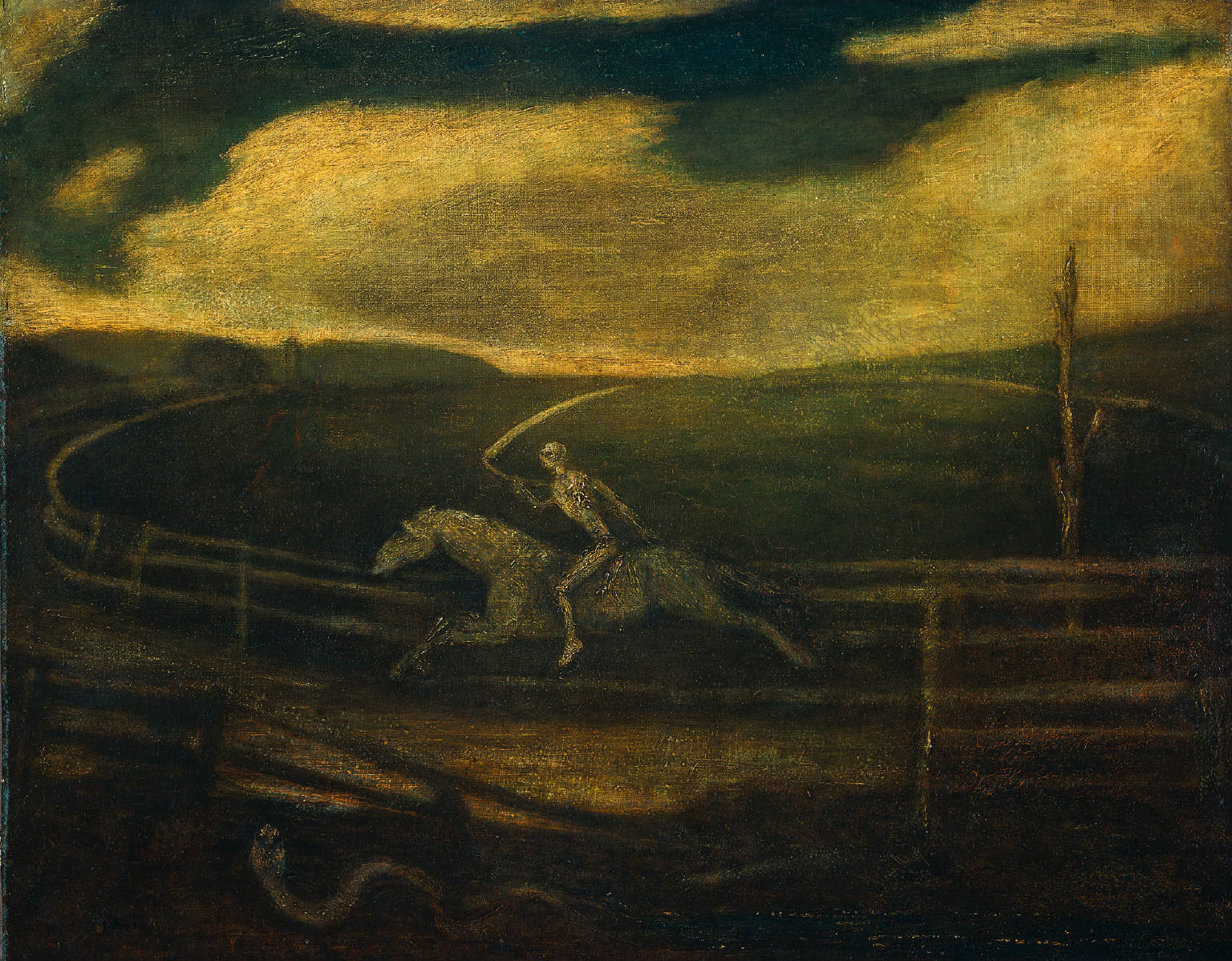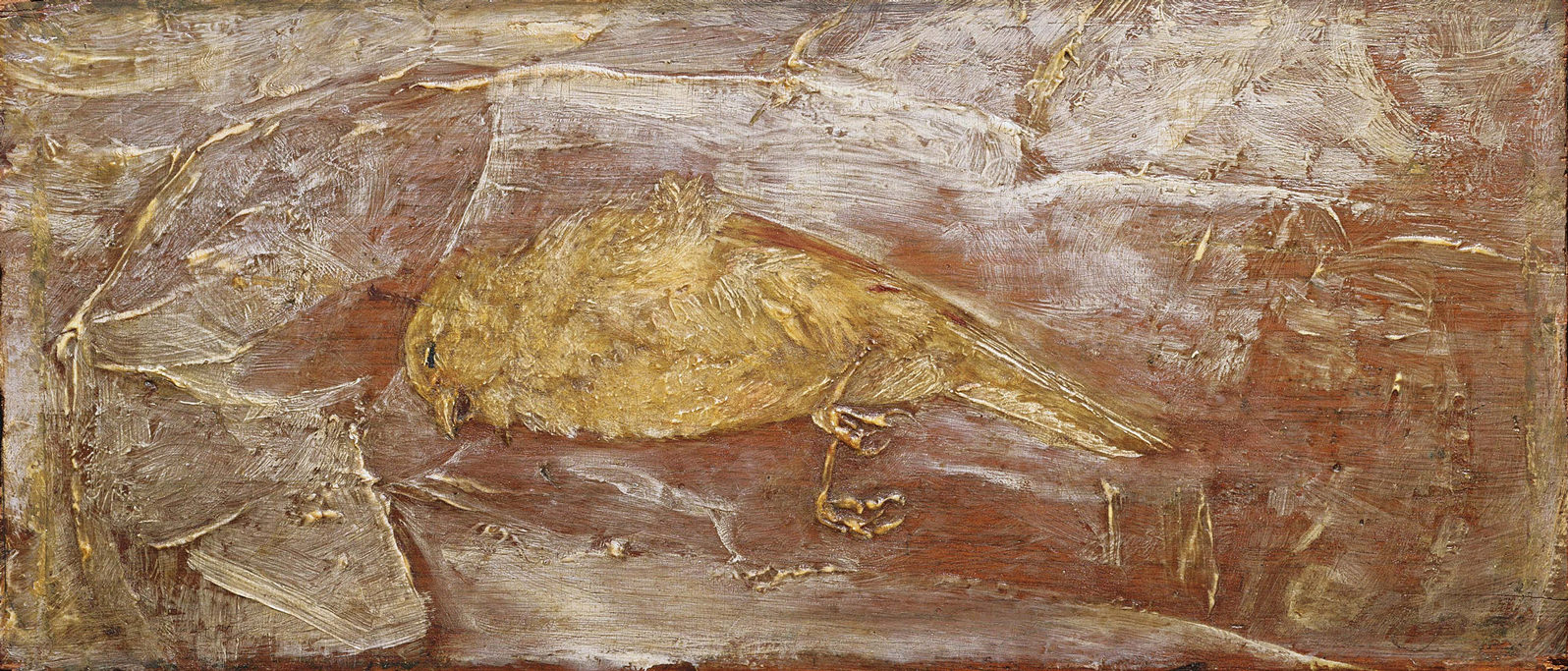We took the truck out to the rental place on the Hadley strip to refill the propane tank. It was Easter, 2017—the day after the second nationwide anti-Trump march, the one about taxes—and we were planning to have some friends over and grill lamb. In the shop window, among the cluttered machinery for rent, was a collapsed wheelchair, its ominous black flaps resembling some great fallen bird. “Ryder,” I said aloud. Our younger son, Nicholas, was along for the ride. Since he’s an aspiring painter, whose recent work has drawn on nostalgic images of his childhood (trampolines, tin-can telephones), I tried to explain what had just occurred to me. Parents are always trying to do this, with predictably mixed results. A simple attempt at explanation soon splays out in all directions, in a tangle of mysterious loose threads.
My wife and I were living in New York, back in the 1980s—so I began to tell Nicholas—in a one-bedroom apartment at Fifth Avenue and Tenth Street. It was a wonderful apartment, with an old Gothic church across the street, the Church of the Ascension. At the time, I was very interested in Albert Pinkham Ryder, the American painter who lived in the same neighborhood a hundred years earlier. He had done his best work from around 1880 to 1900: twilit scenes from Wagner, enigmatic dreamscapes redolent of Redon, endangered ships on moonlit seas. Ryder, who lived from 1847 to 1917, was still alive when ten of his paintings were exhibited at the Armory Show in New York, in 1913, which introduced modern art (Duchamp, Picasso) to America. He has been something of a cult artist ever since; his bold compositional formats, jagged clouds in stormy skies, appealed to Marsden Hartley and Jackson Pollock.
Our writer friends Nicholas and Connie Christopher lived a block away in the Albert apartment building, an imposing redbrick pile on University Place and East Eleventh Street. Nic explained—I could hardly believe it—that Ryder’s brother had once managed the building, formerly the Hotel Albert. Ryder was rumored to have painted murals on its walls. Every Friday night we walked over to the Albert to watch Miami Vice with Connie and Nic. The week wouldn’t have been complete without that ritual. Sonny Crockett. Ricardo Tubbs.
Our first child was born in 1989. During the preceding months, I had told anyone who would listen that we had chosen the name “Ryder,” boy or girl. This met with predictable resistance, mainly because of Ryder rental trucks. Like naming a child U-Haul. We ended up flinching, but after Tommy was born we called him “Pinkham” for a while anyway.
Soon after that I heard that the Brooklyn Museum was planning to mount a comprehensive exhibition of Albert Pinkham Ryder’s paintings. I mentioned the show to my friend Mark Rudman, the poet, who turned out to be nearly as excited about the show as I was. There was a problem, though. I couldn’t walk.
In those days, I did a lot of walking around the city, researching a book I was writing about Stephen Crane. In the 1890s, Crane had patrolled the neighborhoods of the Village and the Tenderloin, following cops around on their beats; I followed in his footsteps. It was amazing how many of the original buildings, like the Jefferson Market Courthouse, were still around. But the streets were unforgiving and at a certain point it was agony to walk. I remember wondering why I was writing about Crane rather than Ryder. It would have been easier on my feet.
Mark Rudman offered to push me around the Ryder exhibition in a wheelchair. He assured me that they had wheelchairs there. This turned out to be a very good way to view art. You are sitting. You have an armrest for taking notes. You can’t move except by voicing a specific request. Let’s go there. No, there. The whole habitual rigmarole of wandering through an art museum—the stops and starts, the fidgeting with this and that, the temptation to look at other gallery-goers instead of at the paintings on the wall—is eliminated. The art is simply, emphatically, there, to be looked at, attentively. Everyone should see art in a wheelchair.
I had first seen Ryder’s paintings at the Phillips Collection in Washington, D.C. My family lived in Washington for a miserable year when I was nine years old. I lost my cat, Smoky, to the Washington traffic. President Kennedy was shot. My mother, who sank into a deep depression that year, would take me, over and over, to see the Rothkos at the Phillips Collection. The Rothko Room! She was a frustrated painter, and the Rothko Room was her idea of the supreme experience of viewing art. I preferred other pictures at the Phillips, like the Ryders. My favorite Ryder painting depicted a ship sailing in the moonlight, but I didn’t see it in the Brooklyn show.
Advertisement
Mark wheeled me over to Ryder’s best-known painting, The Race Track (Death on a Pale Horse), from the Cleveland Museum. A ghostly rider on a ghostly horse holds a menacing scythe. Ryder reportedly said that the painting was inspired by an actual horse race held in Brooklyn in 1888. A waiter he knew wagered his life savings of $500 on a horse named Hanover. The horse came in third; the waiter killed himself. The curved scythe of the skeletal rider seamlessly joins the oval of the track, like an ominous trailing banner. In the foreground is an undulating snake, keeping pace with the galloping horse. Who is this rider? Is he the Grim Reaper? Is the snake Satan or just some random snake? Is this the Pale Horse, Pale Rider of Revelation 6.8?
And I looked, and behold a pale horse: and his name that sat on him was Death, and Hell followed with him. And power was given unto them over the fourth part of the earth, to kill with sword, and with hunger, and with death, and with the beasts of the earth.
Both paintings, the ship in the moonlight and the rider on the racetrack, were dark, very dark. Ryder’s encompassing darkness was a big reason why Lewis Mumford, an admirer of Ryder, called his book about the 1890s The Brown Decade. Like Rothko, Ryder experimented rashly with his painting materials. He used a lot of varnish, apparently in order to darken the paintings, make them look more like old masters. He sometimes painted over the wet varnish with more oil paint. He may have gotten great results in the moment, just as Rothko is reported to have gotten great results with his rich stews of paint and varnish. But time had its way with both the Ryders and the Rothkos. It sometimes looks as though the rider with the scythe was turned loose on these pictures.
Mark Rudman’s Rider appeared a year or so after our visit to the Brooklyn Museum. It won the National Book Critics Circle Award for poetry. When Mark first sent the book to me, I assumed, selfishly, that it must be about Ryder, and perhaps had been inspired by our, or rather my, wheelchair ride through the museum to see the Ryders on the walls.
Rider is quite a poem. It’s not about Ryder, though. It’s about Rembrandt’s The Polish Rider (circa 1655) at the Frick, along with R. B. Kitaj’s Rembrandt-inspired The Jewish Rider (1984-1985). Or rather, it’s about Mark’s stepfather, a rabbi from Florida. It takes the form of a long, anguished conversation, or interrogation, between stepfather and stepson, with the stepfather (as I remember) identified in some complicated way with both Kitaj’s slouching passenger on the train and with the mysterious young turbaned debonair rider on horseback in Rembrandt’s famous painting.
If it is by Rembrandt. This question of attribution—and it was all over the news back in the 1980s—drives fans of The Polish Rider crazy. A member of the Rembrandt Research Project, entrusted with the task of going through all the works attributed to Rembrandt and making authoritative decisions about what was genuine, what was by his workshop, and what was fake, ruled, unexpectedly, against The Polish Rider, one of the most beloved Rembrandts in the world. The painting was temporarily demoted to some ambiguous category involving maybes or workshops or something. Its coveted label of “genuine” was soon restored, however, I hope at gunpoint.
Ryder’s oeuvre is also bedeviled by fakes and dubious attributions. I once spent an afternoon at the Study Collection at the Met looking over all the many paintings, racks of them, once attributed to Ryder and, on an adjacent rack, to his contemporary Ralph Albert Blakelock, another oddball artist of dark dreams. It turns out that faking dark paintings—Ryders, Rothkos, and Rembrandts—is easier than faking, say, Monets. Sailing by Moonlight, the painting I so loved in the Phillips Collection, has now, alas, been demoted, as the Phillips website puts it, to “Albert Pinkham (formerly attributed to) Ryder.”
Now I have a new favorite Ryder in the Phillips Collection, however. It depicts a dead canary and is 4 3/8 inches wide by 7 1/8 inches long, not much bigger than a postcard. The silenced songbird itself is life-sized, or rather death-sized. Around its delicately feathered form, Ryder has laid on white paint roughly—in a scythe-like fashion—with a palette knife. During the Renaissance, according to the catalog of the Brooklyn Ryder show, dead songbirds were icons of sacrifice, complementing the sacrificial lamb. The canary’s wings are folded, collapsed, like that wheelchair for rent, on Easter, on the Hadley strip.
Advertisement





